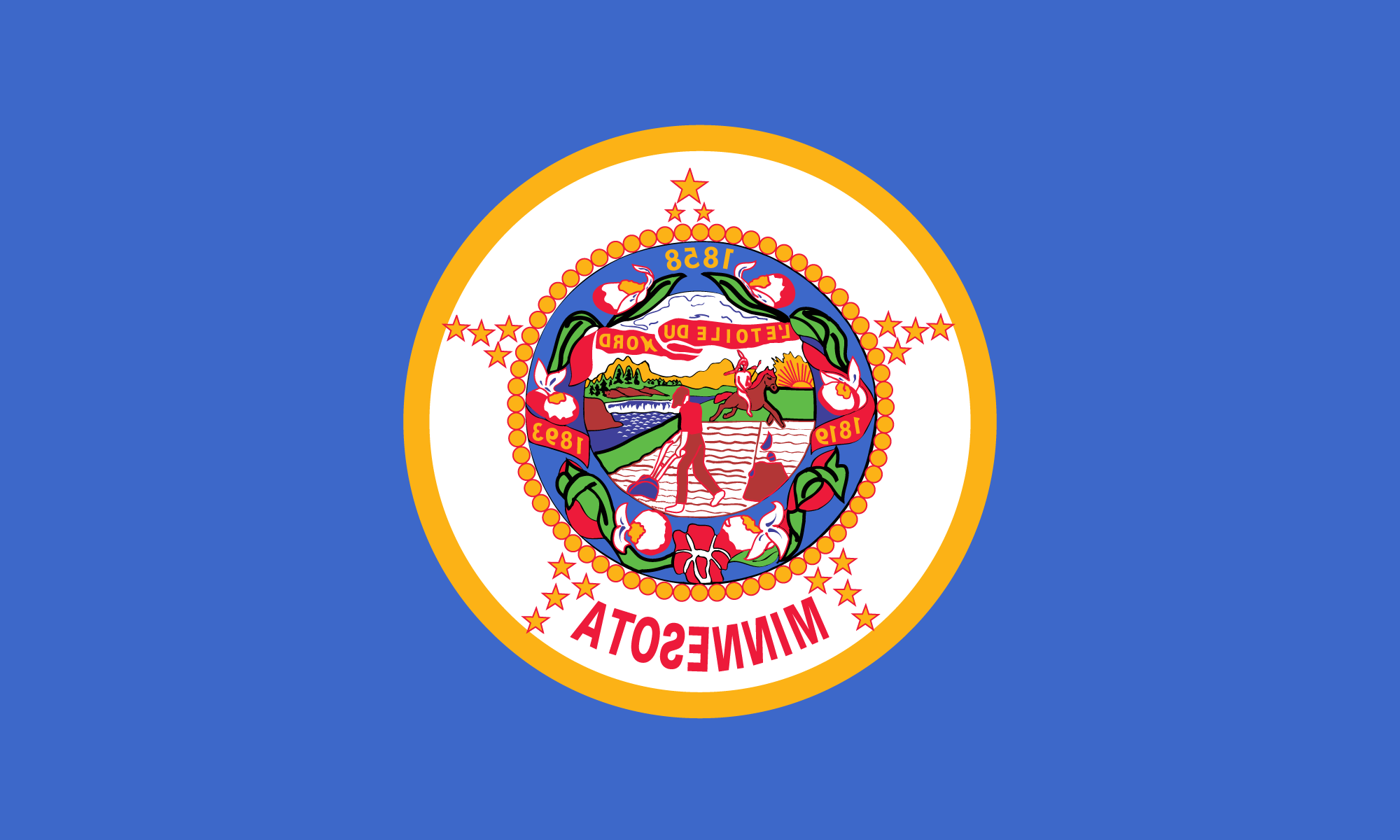By Austin C. Wehrwein of the Editorial/Opinion Staff
The Minnesota Board of Human Rights is on the warpath against the Great Seal of the State of Minnesota, re-opening thereby a 119-year-old legal dispute.

What worries the board about the seal, which is a little like a state trademark, is that it “depicts warfare” between the early white settlers and the red men, and “places the Indian in a derogatory light.” Human Rights Commissioner Frank Kent, a black man, will ask the legislature to think about authorizing a new seal.
As civil rights issues go, this is rather esoteric. The seal we have is, without doubt, a horrible example of 19th century government art, but the board had no need to defer to the seal’s “historic significance.” In 1849 its almost identical predecessor was ridiculed as depicting “a scared white man and an astonished Indian” and “a man plowing one way and looking another.”
Gov. Sibley selected the seal’s motto, “L’etoile du Nord” (North Star). William Watts Folwell’s “History of Minnesota” says one newspaper “poured out vials of sarcasm upon ‘Mister’ Sibley for selecting a motto from Canadian French patois, the only French known to him, and one conveying no appropriate sentiment.”
In 1860, the Minnesota attorney general said the seal had been sanctioned by usage but implied that Sibley had adopted the design without authority. In 1861, the legislature, to cure any illegality, passed a law that said, for sure, the great seal was the great seal.
The seal, of which the secretary of state is the “custodian,” is supposed to appear on all “official” documents, including the governor’s stationery. This is a relic of the time when seals were used to authenticate documents, a practice akin to certifying checks. In the old common law, a seal had to be a blob of wax on the document on which an impression of a design was made.
The battle of the Minnesota seal began with territorial Gov. Ramsey who cooked up his own, a sunburst with the motto, “Liberty, Law, Religion, and Education.” Then he asked in 1849 for a law to authorize an official seal, apparently suggesting a design that showed an Indian family welcoming a white man with a peace pipe to symbolize inter-racial friendship, precisely the sentiment the Rights Board would prefer.
However, the legislature rejected the particular design, while authorizing a seal to be selected by Sibley, then a delegate to Congress, and Gov. Ramsey. The design we have today took its first form from sketches by Col. John James Abert that were redrawn by Capt. Seth Eastman.
That seal depicted a farmer, hand on plow, his musket leaning on a stump. He is watching an Indian, armed with a lance, riding bareback into the sunset, with St. Anthony Falls in the background. Sibley is credited with providing the motto, Latin for “I Wish to See What Lies Beyond.” Whatever it was supposed to mean, one Latin word was misspelled by the engraver.
Their version we have today is virtually the same, except that […] the motto is “The North Star.” It was adopted by the new State of Minnesota in 1858. Or rather by Sibley, who was by then governor […]
In the absence of artistic directions from the legislature, Gov. Sibley played with the territorial Seal. The newspaper that objected to his North Star motto also said nastily that he should have designed a new seal […]
But objection to the design died until the 1968 Human Rights Board revived it.
The present Custodian of the Great Seal, Secretary of State Joseph Donovan, said he wanted to “analyze and digest” the new seal proposal. Said he of the frightened farmer and fleeing red man, “I don’t know if you can eradicate and erase history to bring it up to date to conform to issues of the time.”
